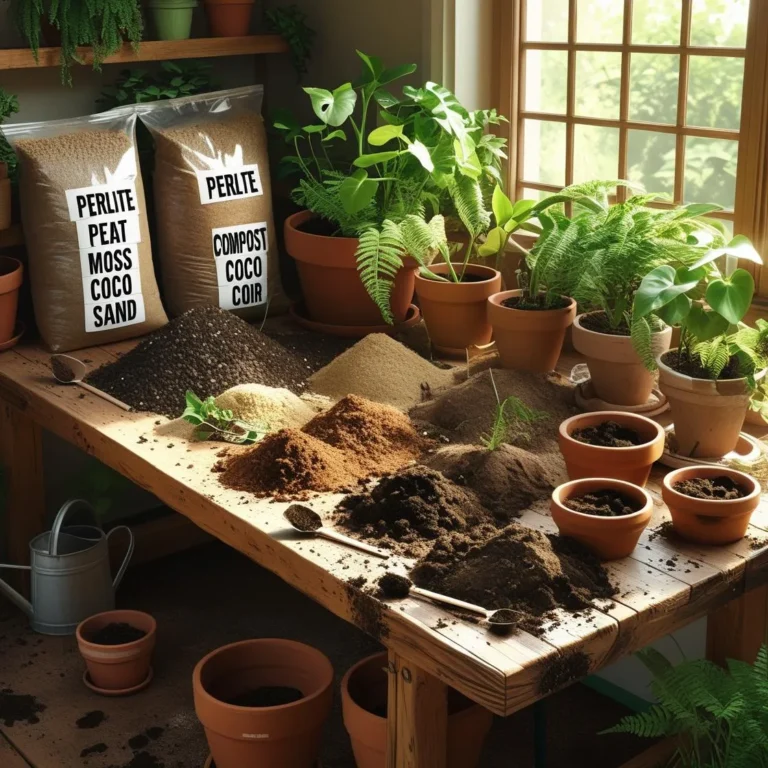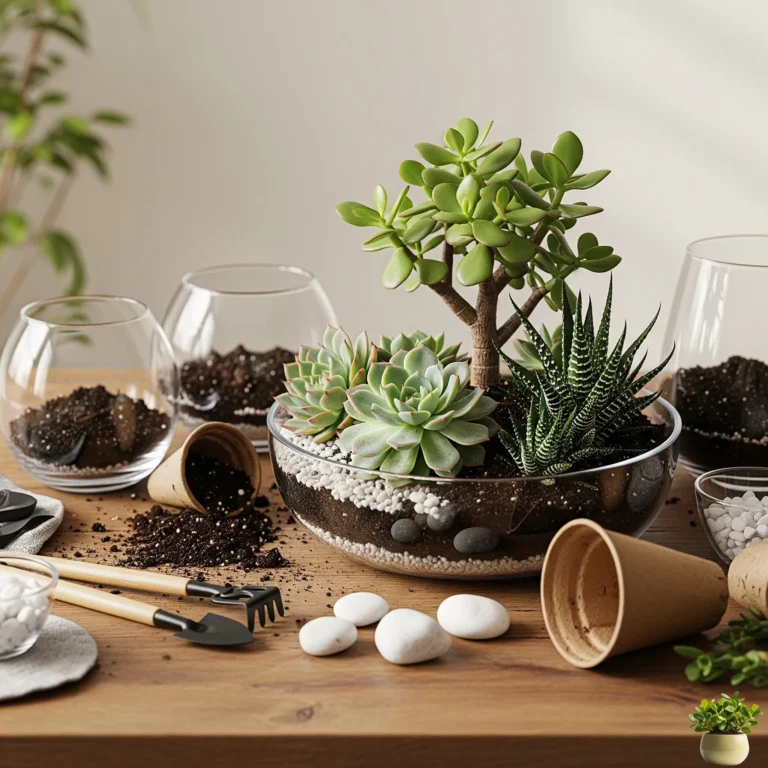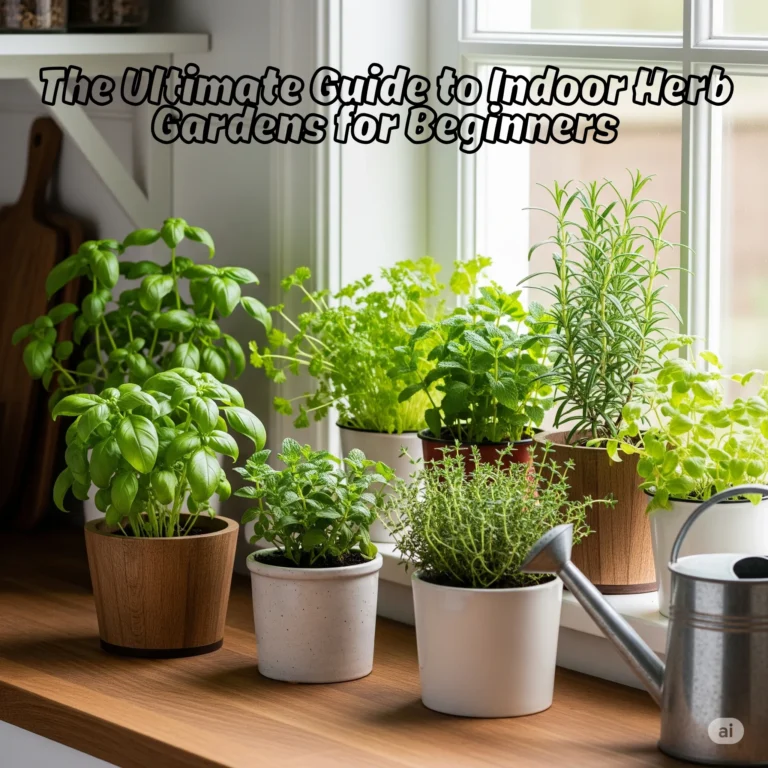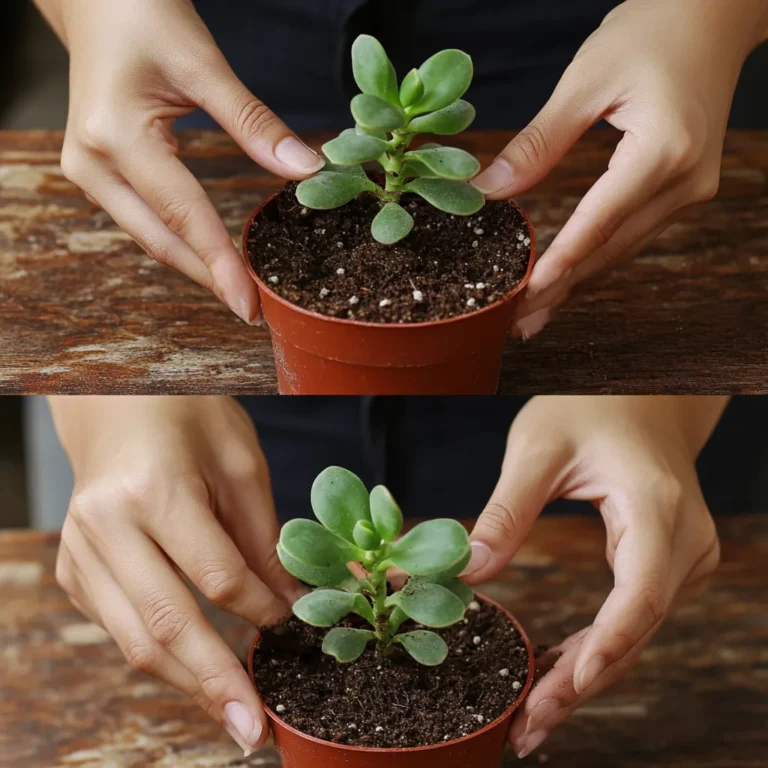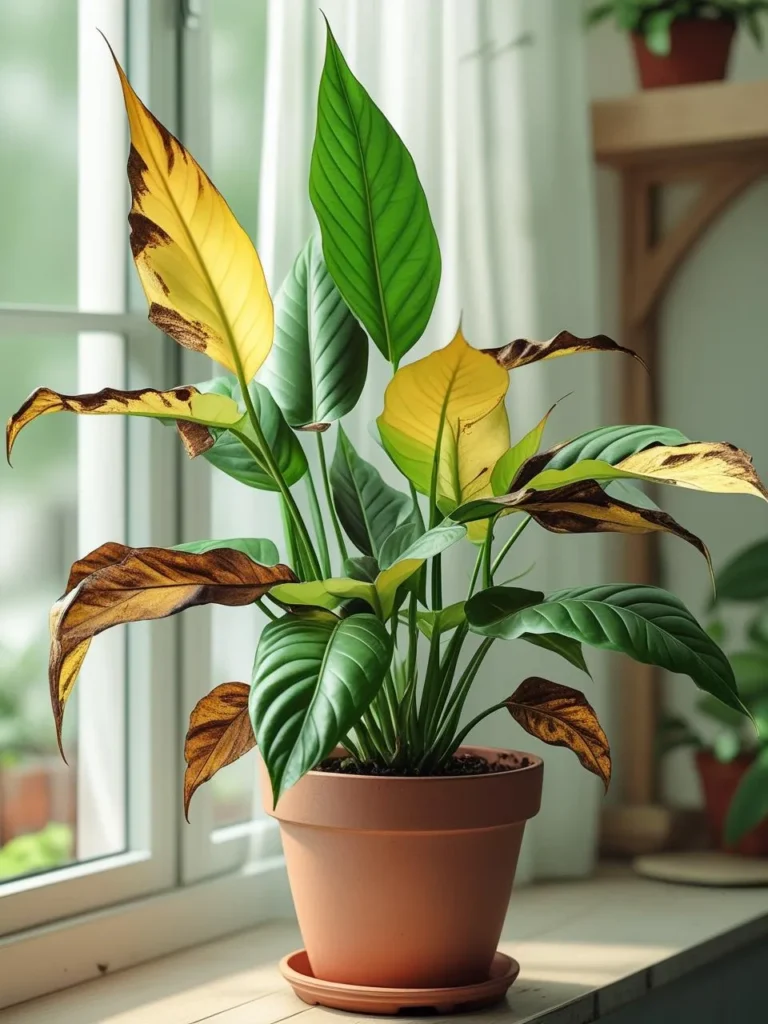How to Propagate Succulents Step by Step
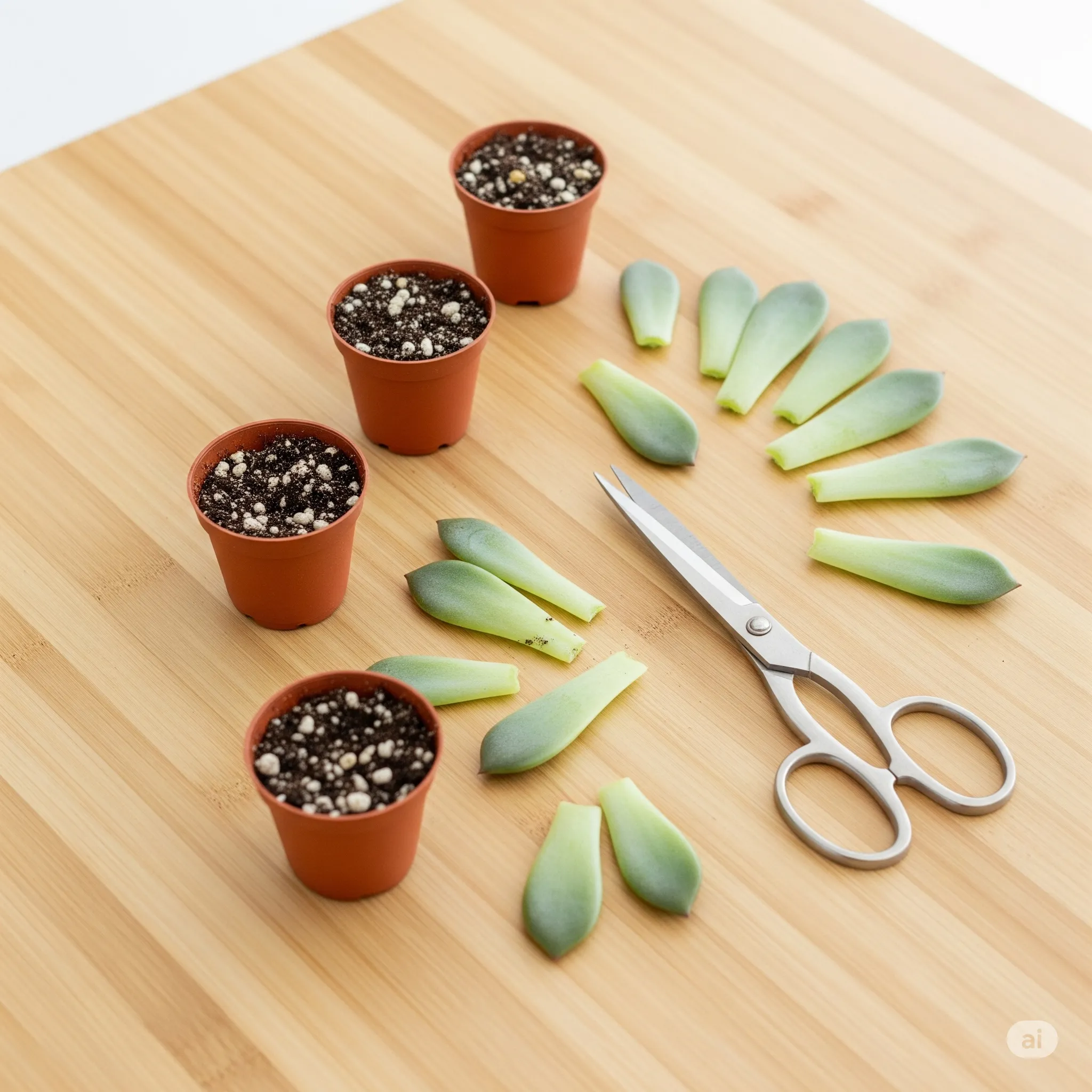
Learning how to propagate succulents is one of the most rewarding skills every plant lover should master. Not only does succulent propagation save you money, but it also lets you expand your collection and share beautiful plants with friends. This comprehensive guide will walk you through simple propagation techniques that even beginners can follow successfully.
Tools and Materials Needed
Before starting your propagation journey, gather these essential supplies:
- Clean, sharp scissors or pruning shears
- Well-draining succulent soil mix
- Small pots with drainage holes
- Spray bottle for gentle watering
- Rooting hormone (optional but helpful)
- Clean cloth for wiping tools
- Bright, indirect light source
Step 1: Choose the Right Succulent
The best candidates for how to propagate succulents include hardy varieties like Echeveria, Jade Plants, Sedum, and Aloe. Look for healthy, mature plants with plump leaves and strong stems. Avoid propagating stressed or diseased plants, as they’re less likely to root successfully.
Step 2: Propagation Methods Overview
Three main succulent propagation techniques work for different plant types:
Leaf Propagation: Perfect for rosette succulents like Echeveria and Sedum. Individual leaves develop roots and new plants.
Stem Cutting: Ideal for tall, branching succulents like Jade Plants and Crassula. Cut healthy stems to create new plants.
Offsets (Pups): Many succulents naturally produce baby plants that can be separated and replanted.
Propagation Methods Comparison
| Method | Best For | Time to Root | Difficulty Level | Success Tips |
|---|---|---|---|---|
| Leaf Cutting | Rosette succulents | 2-4 weeks | Easy | Use healthy leaves, dry callus |
| Stem Cutting | Tall succulents | 3-5 weeks | Moderate | Let cut end dry, use rooting hormone |
| Offsets/Pups | Many species | 1-3 weeks | Easy | Gently separate, plant quickly |
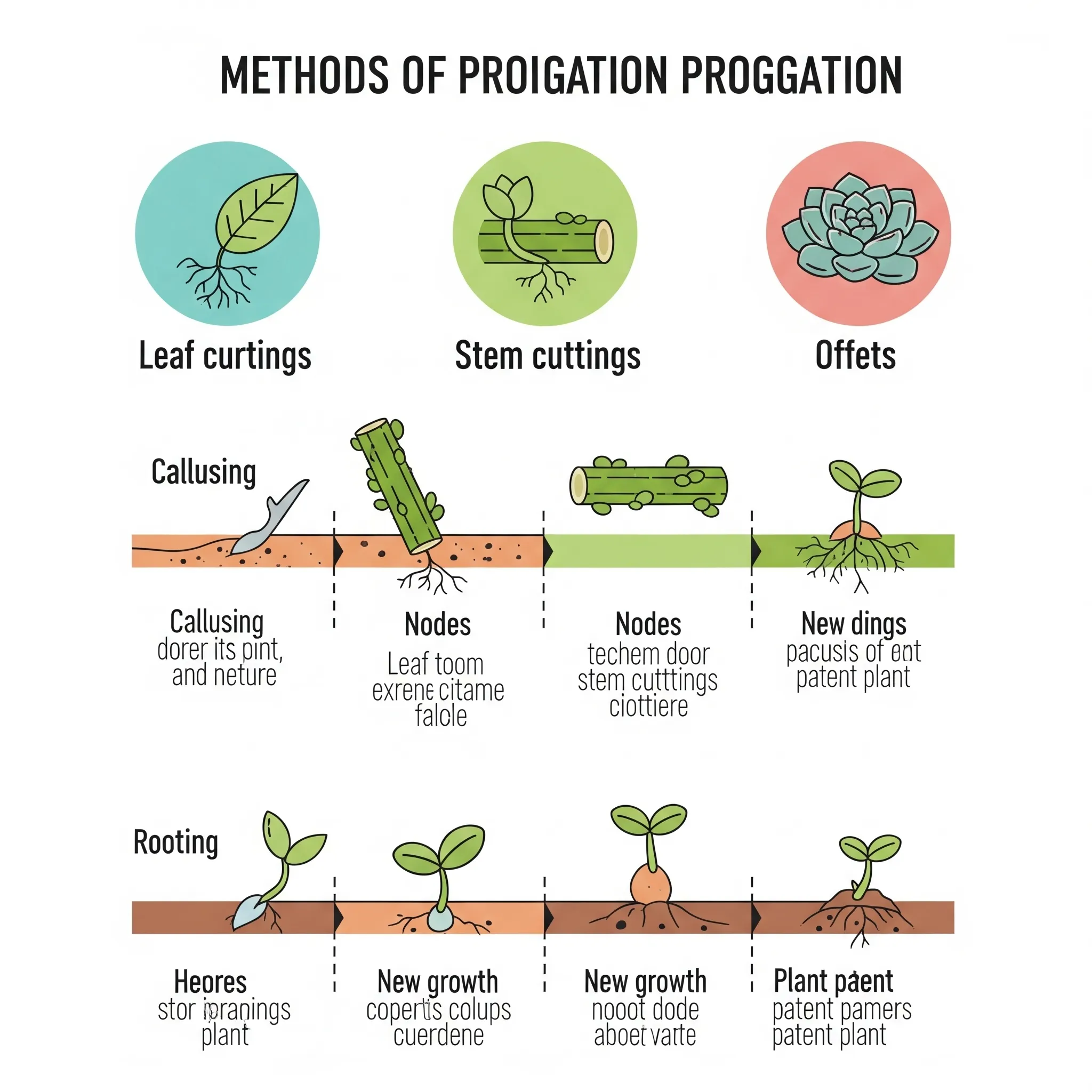
Step 3: How to Take Leaf Cuttings
- Select healthy leaves: Choose plump, undamaged leaves from the bottom of the plant
- Remove carefully: Gently twist and pull to get the entire leaf, including the base
- Let callus form: Place leaves on a dry surface for 2-3 days until cut ends seal
- Place on soil: Lay callused leaves on top of succulent soil mix
- Mist lightly: Spray soil (not leaves) every few days to maintain slight moisture
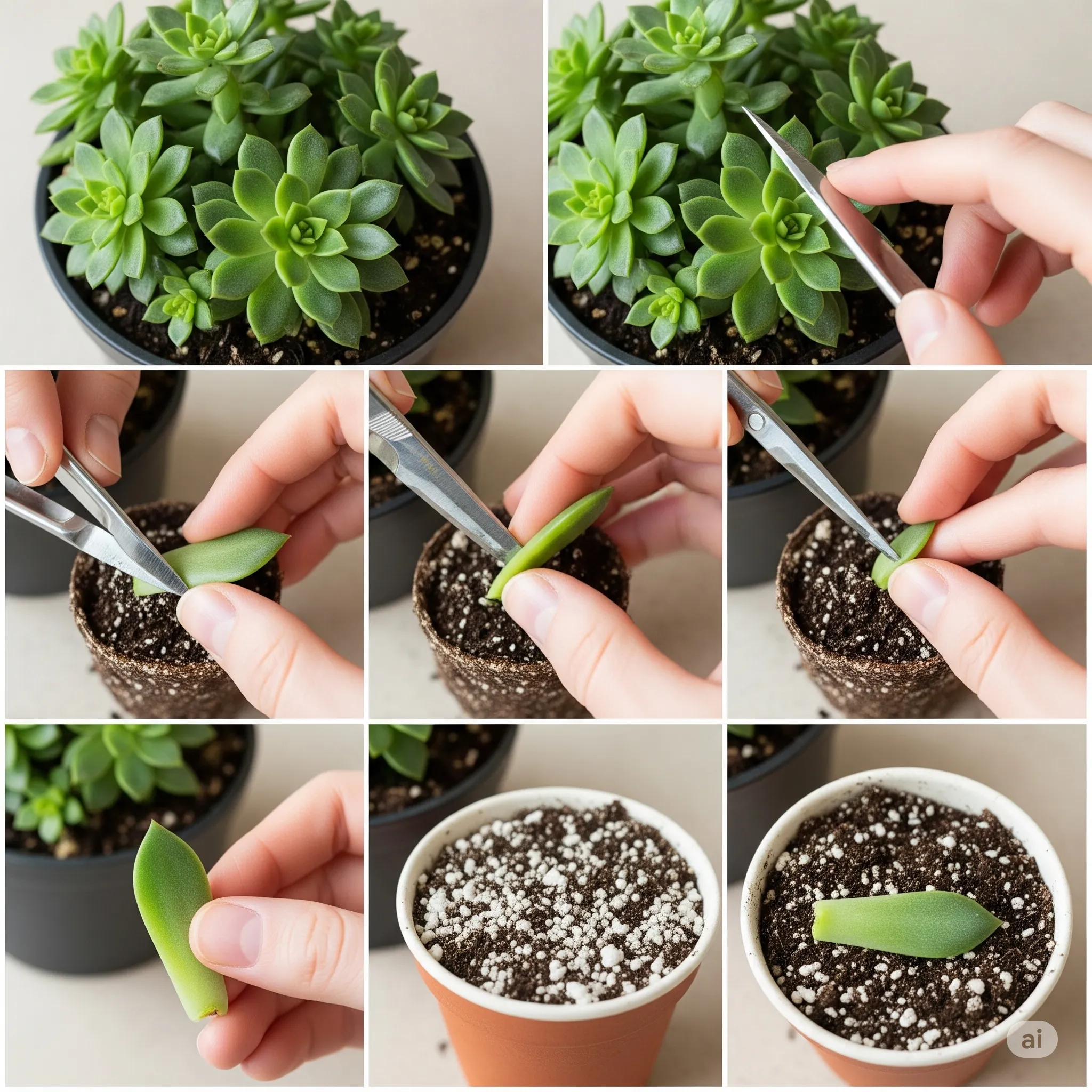
Step 4: How to Take Stem Cuttings
- Cut healthy stems: Use clean scissors to cut 3-4 inch pieces from healthy growth
- Remove lower leaves: Strip leaves from bottom inch of stem
- Dry the cut: Let stem cuttings sit in shade for 24-48 hours to callus
- Plant in soil: Insert callused end into well-draining soil mix
- Water sparingly: Wait one week before first watering, then water when soil dries
Step 5: How to Plant and Care for Propagated Succulents
Soil Mix: Use commercial succulent soil or mix regular potting soil with perlite and sand for drainage.
Light Requirements: Provide bright, indirect light. Avoid direct sun initially as it can stress new propagations.
Watering Schedule: Water sparingly until roots establish. Then follow typical succulent care tips with deep, infrequent watering.
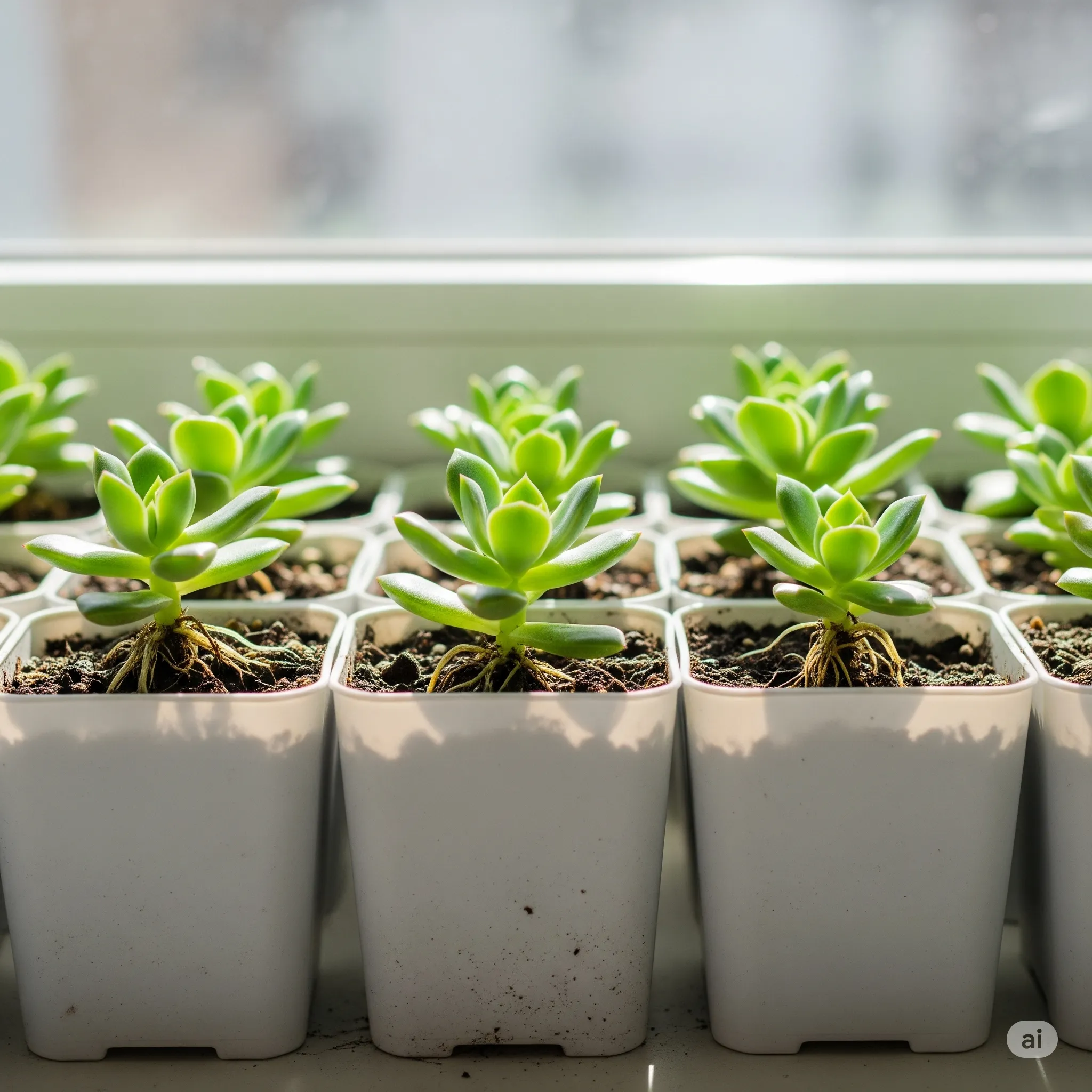
Troubleshooting Common Problems
Root Rot: Caused by overwatering. Reduce watering frequency and improve drainage.
Leaf Shriveling: Normal during rooting process. Don’t water leaves directly.
Slow Growth: Be patient! Rooting succulents takes time. Ensure adequate light and proper soil moisture.
No Root Development: Check that leaves/stems have proper callus formation before planting.
Conclusion
Mastering how to propagate succulents opens up endless possibilities for expanding your indoor garden collection. Whether you choose leaf propagation, stem cutting, or separating offsets, these techniques will help you create thriving new plants from your existing succulents.
Start with easy varieties like Jade Plants or Echeveria, and don’t get discouraged if your first attempts take time to establish. With practice, you’ll soon have more beautiful succulents than you know what to do with – perfect for sharing with fellow plant enthusiasts!
Ready to try succulent propagation? Share your results and tag us in your propagation journey!


